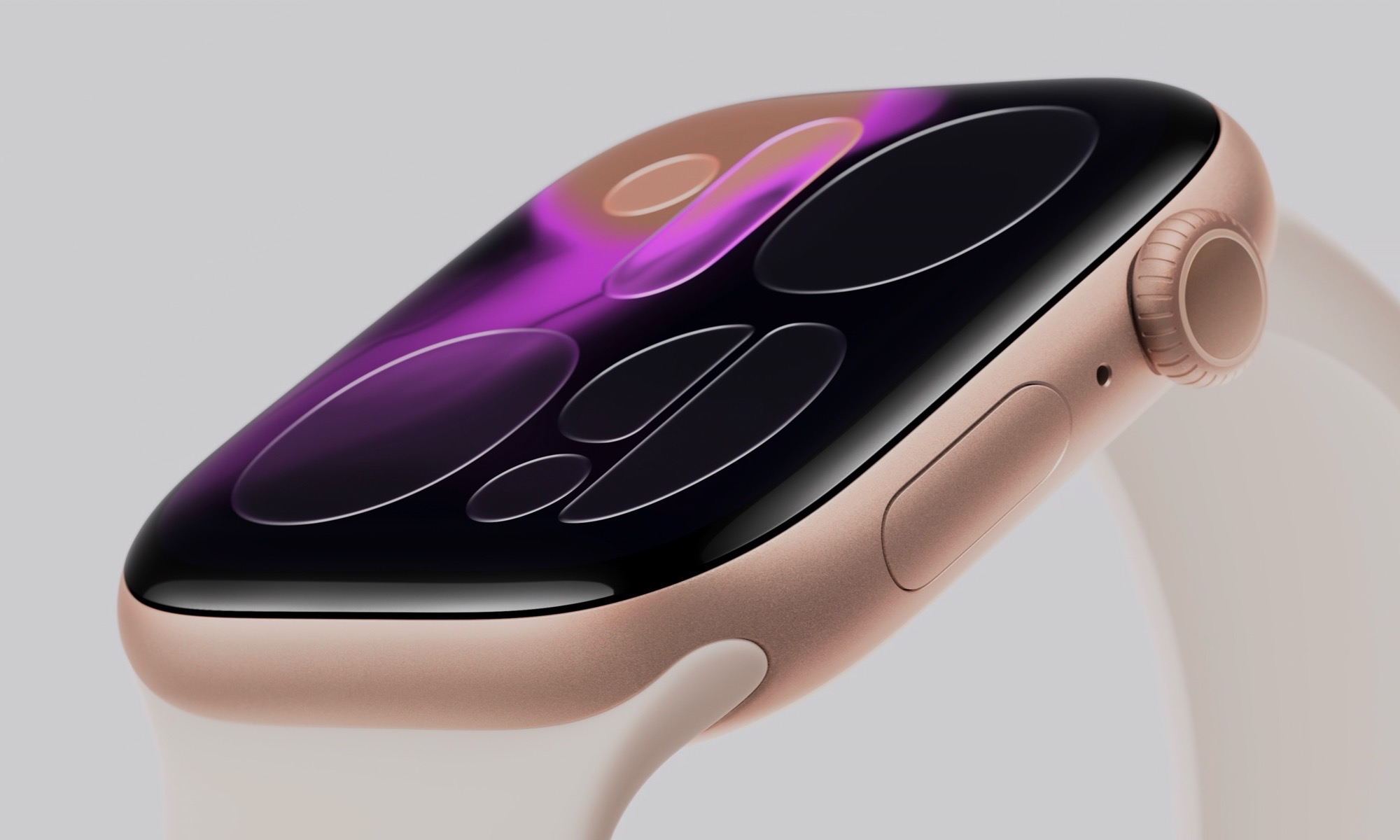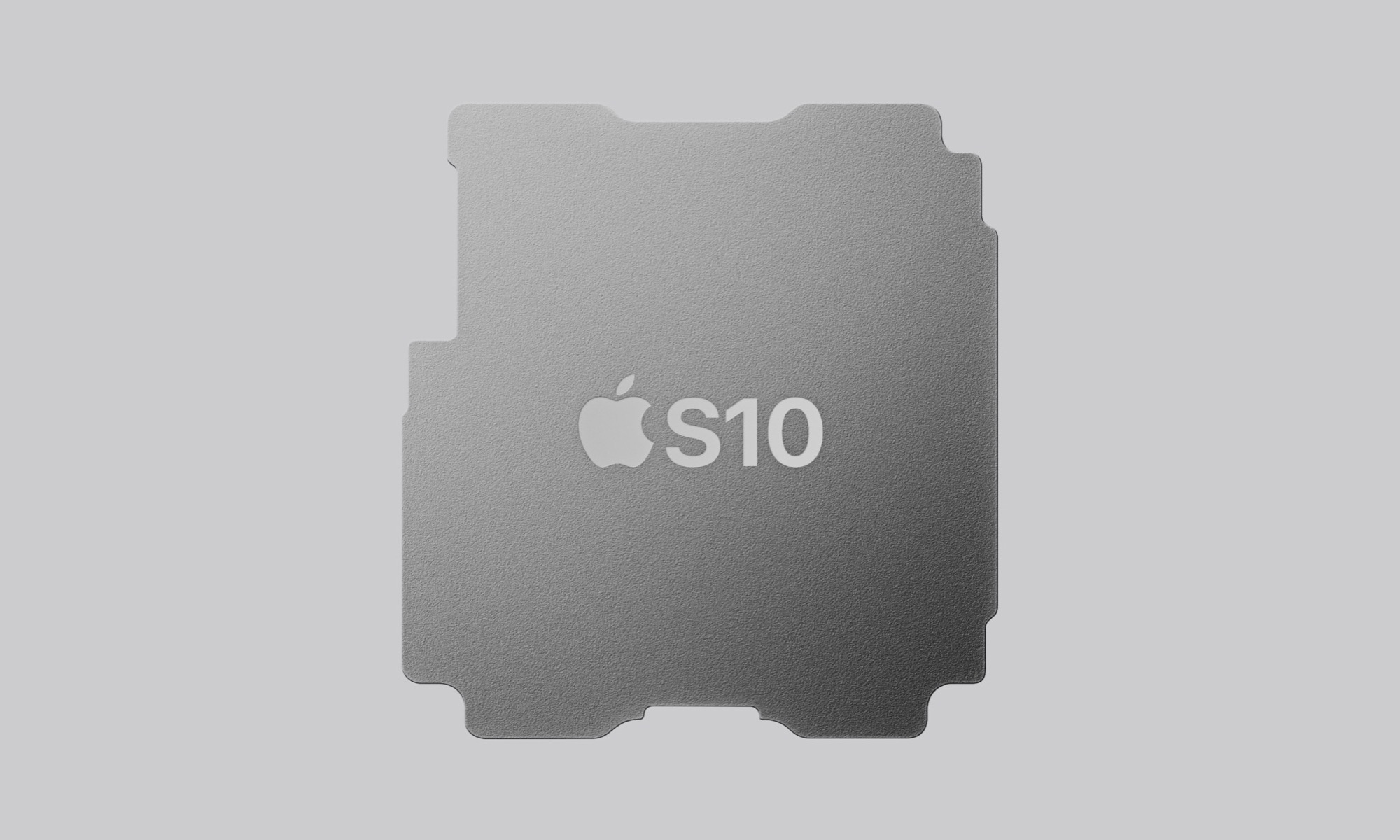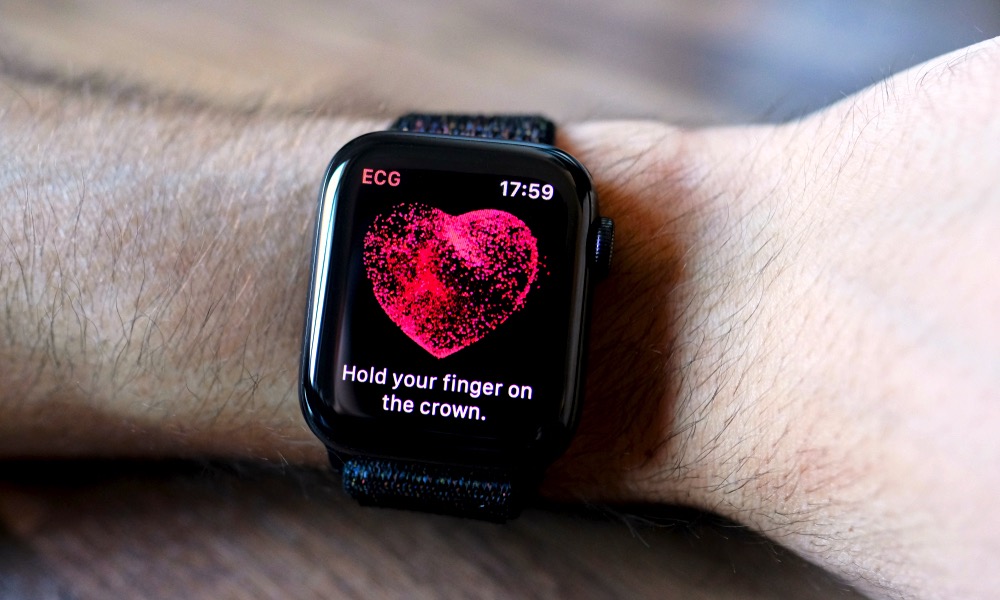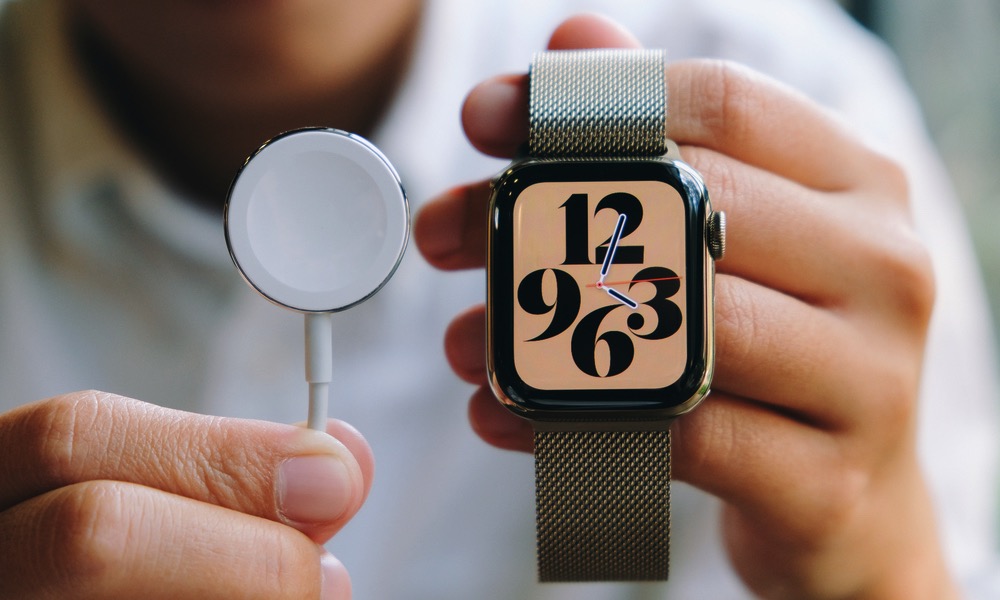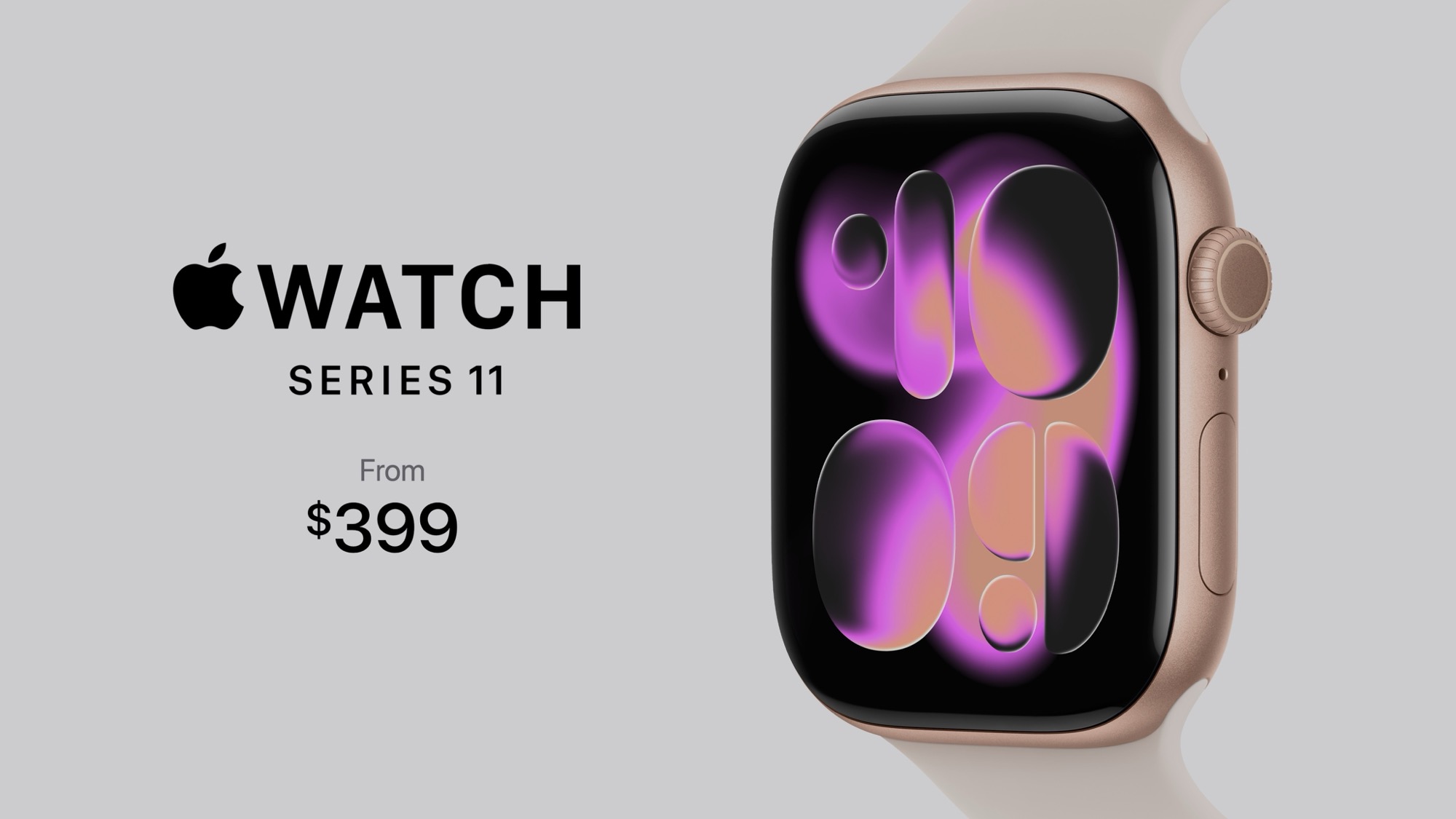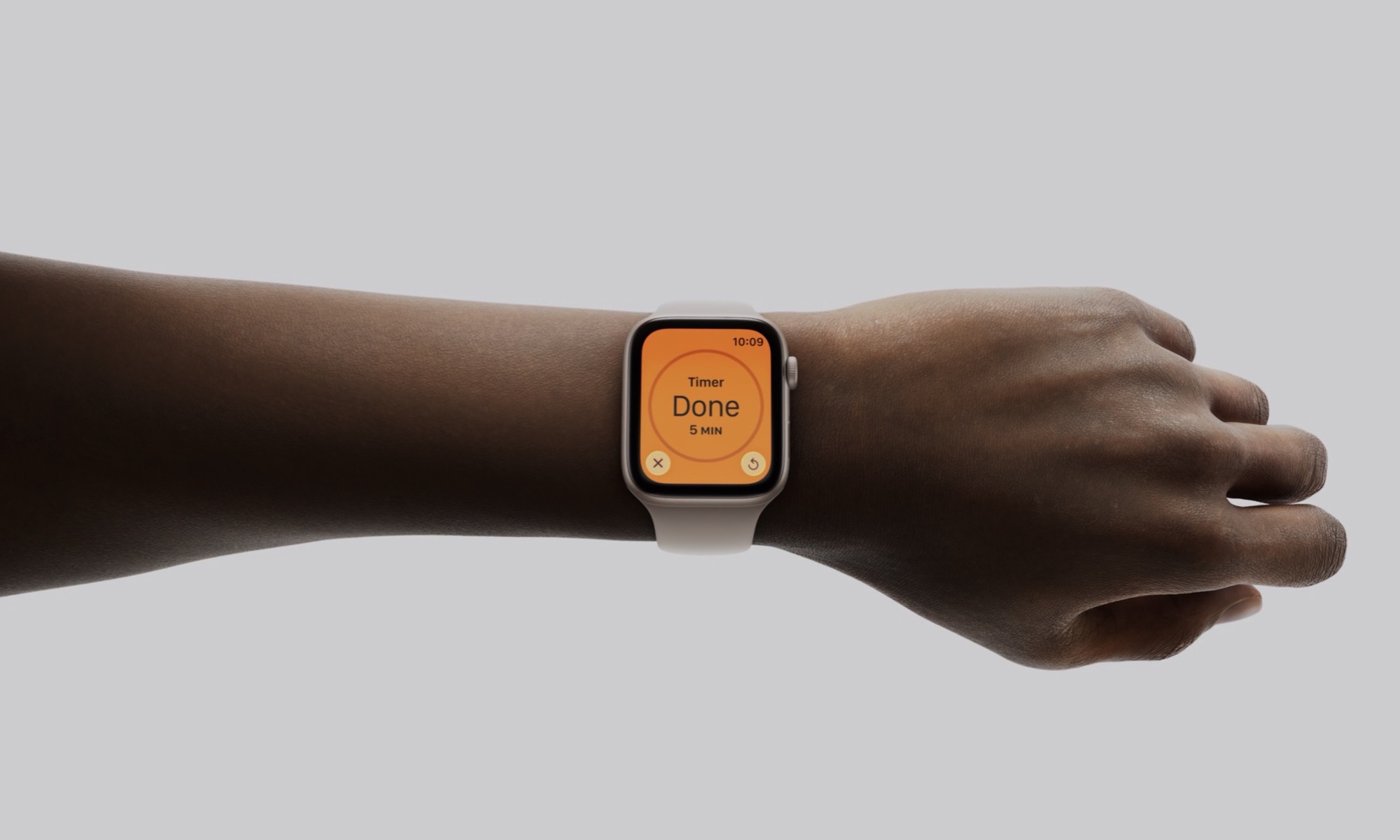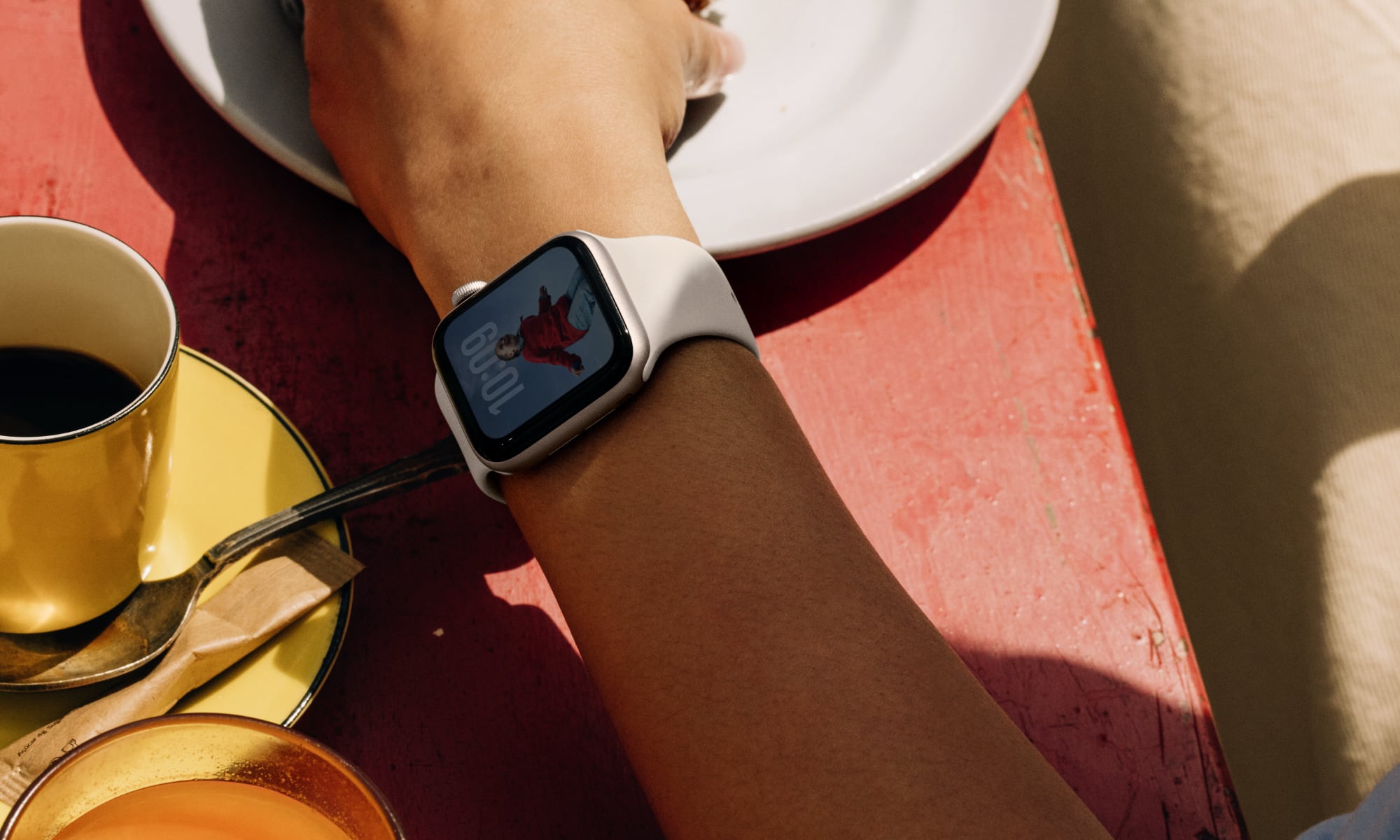Apple Watch Series 11 vs. SE 3: Is the Budget Model Worth It?
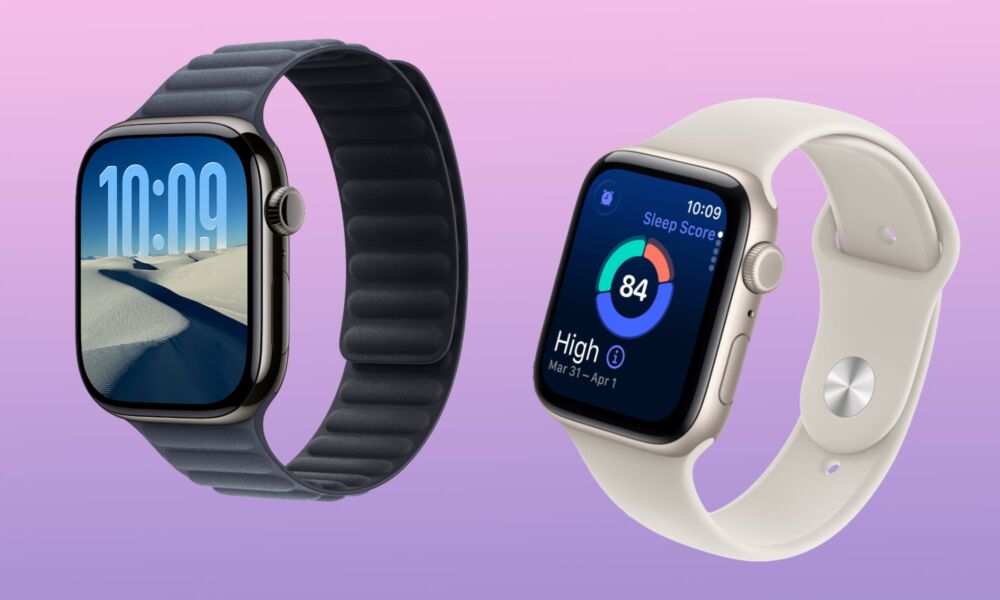
Toggle Dark Mode
This year, Apple finally upgraded its more affordable Apple Watch SE. Not only that, but it gave it some extra features that a lot of users had been waiting for, like the Always-On display and a more powerful processor.
It also did all of this while still keeping the same price tag. Needless to say, if you want to get an Apple Watch that nails all the basics without spending more than you have to, the new Apple Watch SE 3 is a solid choice.
However, what if you’re willing to spend a little more money? Should you still get the budget-friendly Apple Watch SE, or go for the more powerful and expensive Apple Watch Series 11?
After all, both wear a similar and familiar look, have many of the same features, and work flawlessly with your iPhone. Let’s break down the biggest differences to help you decide.
Apple Watch Series 11 vs. SE 3: Design
Apple didn’t go for a crazy redesign this year, which might be a good thing if you love the current look of the Apple Watch. The overall case, button layout, and flat display look the same on both models, and both watches can use any bands you currently have. Where things start to branch out are size, materials, and weight.
The Apple Watch Series 11 is available in 46 mm and 42 mm sizes, with aluminum or titanium finishes, just the same as last year’s Series 10. The aluminum model comes in jet black, rose gold, silver, and space gray. Titanium comes in slate, gold, and natural.
The 46 mm aluminum case weighs 37.8 grams for the GPS models and 36.9 grams for GPS + Cellular, while the 46 mm titanium case weighs 43.1 grams.
The 42 mm size is lighter across the board at 30.3 grams for aluminum GPS, 29.7 grams for aluminum GPS + Cellular, and 34.6 grams for titanium.
That means the higher-end model is actually heavier if you pick titanium, which makes sense since titanium brings added durability and scratch resistance compared to aluminum.
On the other hand, the Apple Watch SE 3 keeps things lighter and much simpler, with a design that’s identical to its 2022 predecessor. It comes in two sizes and two colors: 44 mm or 40 mm in midnight or starlight. Both of them come in aluminum.
The 44 mm model weighs 32.9 grams for the GPS version and 33 grams for the GPS + Cellular version. The 40 mm comes in at 26.3 grams for GPS and 26.4 grams for GPS + Cellular.
This lighter body is part of the appeal, especially for individuals who prefer a barely noticeable watch when working out or sleeping. If you’re someone who has a hard time holding heavy objects, the Apple Watch SE 3 will be the better choice.
On the other hand, if you love the idea of a premium titanium finish or you want the exact case color to match your iPhone, the Apple Watch Series 11 gives you more ways to choose the perfect look. It also features the much more modern and thinner design of the Series 10, while the Apple Watch SE 3 still sports a design that hasn’t been used on a mainstream Apple Watch model since the Series 6.
Apple Watch Series 11 vs. SE 3: Display
The screen is where these two models feel most different in day-to-day use. The Apple Watch SE 3 just took a huge step forward as it finally features the Always-On Retina Display that’s been standard on the rest of the Apple Watch family since it was introduced on the Series 5 in 2019.
That means the time, complications, and other relevant information stay visible even when your wrist is down. No more exaggerated wrist raises during a meeting just to check the time. The display’s brightness peaks at 1,000 nits and can dim to 2 nits in always-on mode to keep brightness to a minimum and preserve battery life.
The Apple Watch Series 11 takes everything up a notch. Peak brightness hits 2,000 nits for better readability when you’re outside, which you’ll notice on your daily runs or if you’re out hiking. The minimum brightness can drop to 1 nit for very low light, making checking your watch at night even easier on the eyes.
The Apple Watch Series 11 also features a much better wide-angle OLED and LTPO3 display that’s up to 40% brighter when viewed from any angle. The newer LTPO3 technology also lets the Apple Watch optimize its power consumption and refresh rate a little bit better than the LTPO display the Apple Watch SE 3 has. All of this will be reflected in the battery life, which we’ll talk more about in just a moment.
It’s worth noting that the display on both devices is more durable this time around. The Apple Watch SE 3 features an Ion-X display for the first time, which Apple says is up to four times more crack-resistant compared to the generic glass on the Apple Watch SE 2. Meanwhile, the Apple Watch Series 11 gets an improved Ion-X formulation that provides twice the scratch resistance over the Series 10.
If you’re often outdoors or simply need a brighter display, the Apple Watch Series 11 screen is the best option. On the other hand, if you only need an always-on display for daily life, the Apple Watch SE might be a smarter purchase.
Apple Watch Series 11 vs. SE 3: Performance and Storage
When it comes to the processor, both models are essentially the same. The Apple Watch Series 11 and SE3 feature an S10 chip with a 64-bit dual-core CPU, a 4-core Neural Engine, and 64 GB of storage. That brings smooth performance, snappy reactions, and app launches, along with a lot of headroom for new features Apple might have in store for the future.
You also get on-device Siri for quick requests, plus Apple’s handy wrist-flick and double-tap gestures on both models.
Connectivity is where the two models split again. While both devices now include 5G RedCap (if you opt for the cellular model and your carrier supports it), plus the same Bluetooth 5.3 and Wi-Fi 4 capabilities, only the Apple Watch Series 11 includes an ultra-wideband chip. This enables precision finding, letting you use it to accurately locate your iPhone. However, it’s worth mentioning that this still hasn’t been extended to locating other Find My network devices, such as AirTags; it’s exclusive for tracking down your iPhone. The ultra-wideband chip also powers features like digital car keys and home keys, letting you unlock your doors by proximity, without needing to hold your wrist up against the lock.
Essentially, you won’t find many differences in this department, but if you’re someone who frequently misplaces their iPhone, or you have (or plan to get) a car or door lock with UWB capabilities, then the Series 11 will be the better choice.
Apple Watch Series 11 vs. SE 3: Health Features
The health features are the decision-maker for a lot of people. Both watches track heart rate, steps, calories, sleep, and all the usual movements to close your activity rings.
Additionally, both support high and low heart rate alerts, irregular rhythm notifications, sleep apnea notifications, and even temperature sensing, which makes the Vitals app trends better and more accurate. With all of that said, the Apple Watch Series 11 continues to bring a few extra health features to the table.
You get an ECG app for electrocardiograms, a blood oxygen sensor, and most notably, the new hypertension notifications. Those notifications look for patterns consistent with chronic high blood pressure and can alert you so you can go to your doctor and check your heart health. That’s not a medical diagnosis, and it can’t replace a standalone blood pressure monitor, but it adds another early-warning signal that could be useful over time.
The Apple Watch SE 3 brings a lot more health insight than the old SE 2 ever did, but it falls short compared to the Series 11. If the extra health features are important to you, the choice leans toward the Series 11. If you just want to get a sleep score, sleep apnea alerts, and standard heart rate data without paying premium prices, the Apple Watch SE 3 finally delivers on that front.
Apple Watch Series 11 vs. SE 3: Battery and Charging
Battery life, as you can expect, will be slightly better on the more expensive wearable. The Apple Watch Series 11, according to Apple, can last for up to 24 hours of regular use and up to 38 hours in Low Power Mode.
Fast charge is also quicker: you can go from 0 to 80% in about 30 minutes, and a quick 15-minute charge can give you up to eight hours of normal use. Five minutes is enough for up to eight hours of sleep tracking if you spaced on charging before bed.
The Apple Watch SE 3, on the other hand, can go up to 18 hours of normal use and up to 32 hours in Low Power Mode. Fast charge is also available, and it lets you get to about 80% in roughly 45 minutes.
Likewise, a 15-minute charge can also give you up to eight hours of daily use, and about eight minutes covers an eight-hour night of sleep tracking. If you tend to have a charger with you during the evening, Apple Watch SE 3’s fast-charging numbers are more than enough for most people.
If you want more battery life for weekends away or long travels without carrying the charger with you, the Apple Watch Series 11’s increased battery life will be better for you.
Apple Watch Series 11 vs. SE 3: Price
This is where we’ll find the biggest difference between the two devices. The Apple Watch SE 3 starts at $249 for GPS and $299 for GPS + Cellular. That’s an easier purchase to make, especially when you take into account all the new features, like the always-on display and body temperature sensor.
On the other hand, the Apple Watch Series 11 starts at $399. And if you want a titanium finish, cellular connectivity, or other bands, the price goes higher. That extra money brings the brighter display, ECG and blood oxygen apps, hypertension notifications, and faster charging. Whether that jump is worth it comes down to how much you value those features in your everyday life.
Who Should Buy the Apple Watch SE 3?
If you’re someone who wants a great Apple Watch at the best price, and don’t mind a few compromises, the Apple Watch SE 3 is perfect for you.
The move to an Always-On display removes the biggest reason many skipped the old SE. The S10 chip gives plenty of speed for any apps, complications, or features that are or will be available.
If your health needs are mainstream and you don’t rely on ECGs or oxygen tracking, the SE 3 delivers most of the complete Apple Watch experience for far less. The lighter case is a bonus for smaller wrists or anyone who wants to wear their Apple Watch through the night.
The Apple Watch SE 3 is also the easy choice for your family. Whether you want to communicate with your kids or need a useful wearable to give your parents or grandparents, the health and emergency features make the SE 3 a budget-friendly alternative to keep your loved ones safe.
Who Should Buy the Apple Watch Series 11?
If you’re a fan of tracking your overall health, or you’re someone who spends a lot of time outdoors, the Apple Watch Series 11 will be the easier choice.
The ECG and blood oxygen apps aren’t must-haves for everyone, but they can be important if your doctor uses that data or you want to keep a closer eye on your cardio trends.
Hypertension notifications can’t replace a real machine, but over time, they might spot a pattern worth checking sooner rather than later. If you train outdoors often, the brighter 2000-nit screen is easier to read at a glance. Plus, the battery life is always a big advantage.
Another Alternative: The Apple Watch Series 10
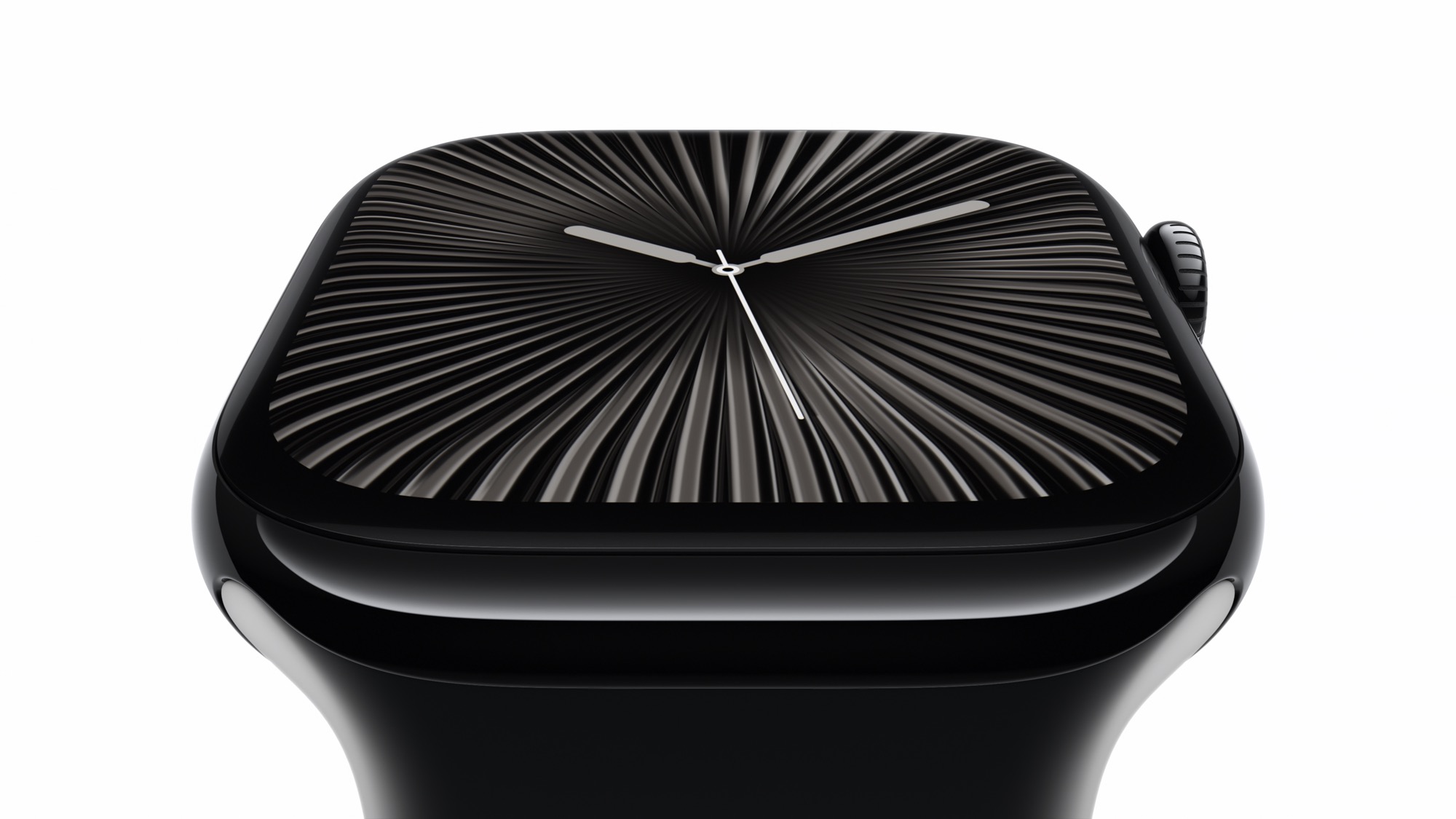
Unfortunately for Apple fans, the Apple Watch Series 11 marked another moment when Apple didn’t give us a solid reason to upgrade to the latest Apple Watch.
That’s because all the biggest benefits of the Series 11 — hypertension notifications, the powerful S10 chip, and even battery life and charging speeds — can still be found on the Apple Watch Series 10.
If you already have the money to get the Series 11, you might want to consider buying the Series 10 instead. You’ll get everything the Series 11 has to offer at a cheaper price. Plus, you’ll surely find this Apple Watch at a discount in the coming weeks and months.
Sure, we all want Apple’s latest and greatest, but it’s worth considering a slightly older device if it means you save a little bit of money without compromising on other features.
Which One Will You Pick?
Pick the Apple Watch SE 3 if you want the Apple Watch essentials for a great price. You get the same core chip and great software, an always-on display for the first time in the SE line, sleep apnea notifications, temperature sensing, fast charging, and a light, comfy body.
Pick the Apple Watch Series 11 if you want the most complete health feature set and the best screen Apple has to offer. You’ll pay more, but you gain the ECG and blood oxygen apps, hypertension notifications, a brighter display, and even more color options. That adds real value if you’ll actually use those tools and you want more battery life.
Of course, if you don’t feel a need to have the very latest Apple Watch, the Series 10 still brings a lot of value to the table, as it’s virtually the same as the Series 11. Last year’s Apple Watch probably features the best of both worlds in terms of new health features and a lower price. The Series 11 gives you increased battery life, a more durable screen, and a space gray color option, but it’s identical to the Series 10 in every other way.
The good news is that it doesn’t matter which one you choose; you’ll get a powerful wearable that you’ll be able to use for a long time without having to worry about an upgrade.


